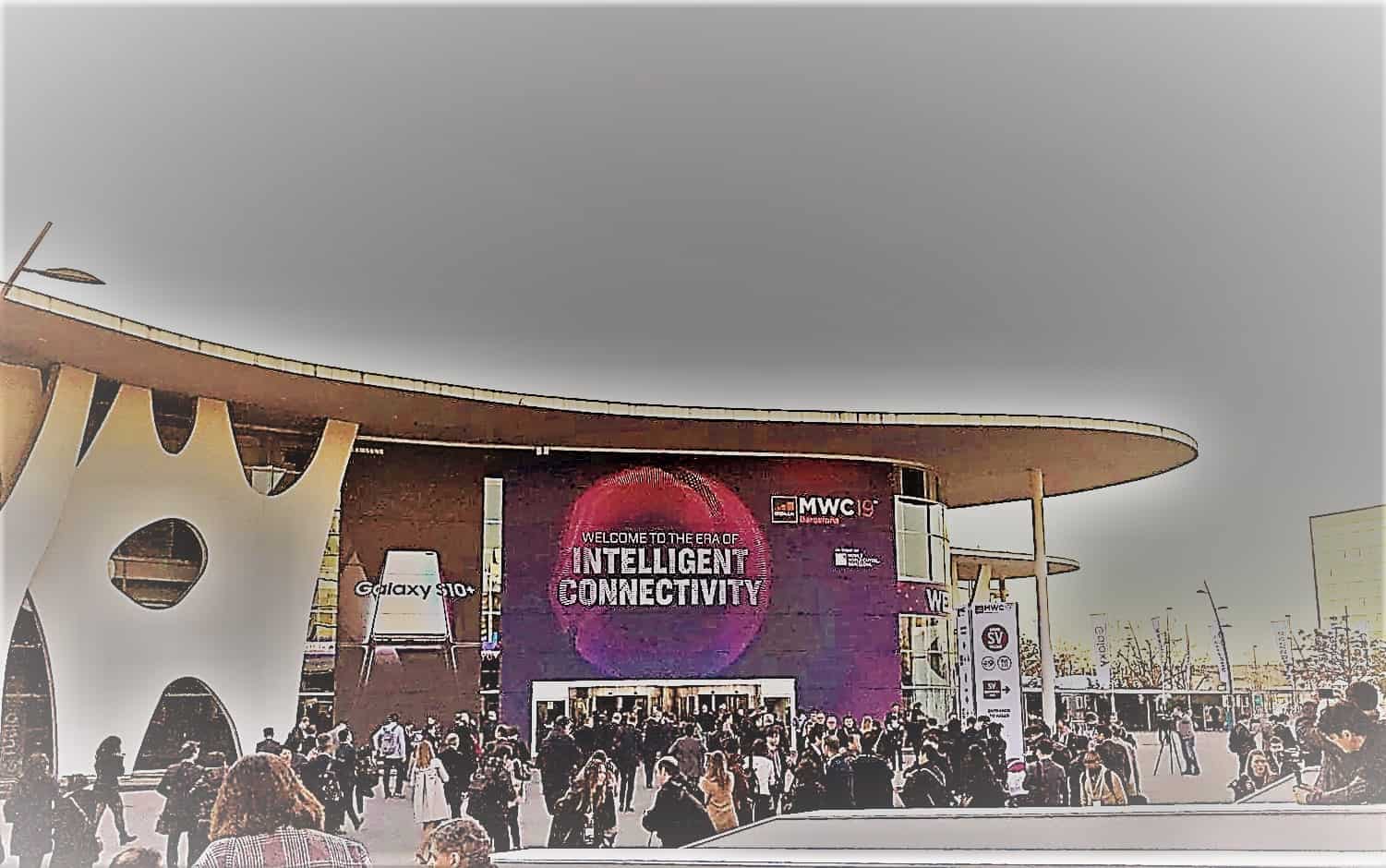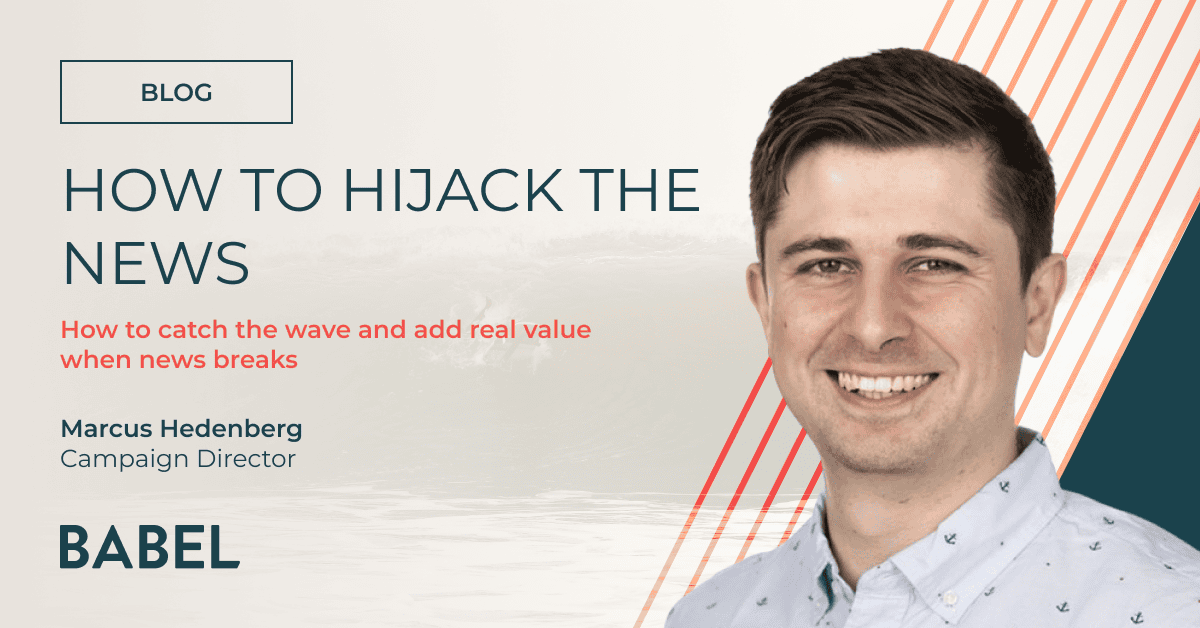
MWC PR and the massive marketing opportunity
As we return to ‘normality’, after an extremely busy and successful MWC, I’ve been reflecting on the new technologies I saw, some exciting some not, as I walked round the halls.
From a marketing standpoint, did one company really ‘win’ Mobile World Congress? And by that, I mean did one company outdo all others in terms of demonstrating a unique technology or stunt that stole the limelight at the show?
And after a strenuous minute or so of evaluation, my answer was, emphatically, no.
OK, so let me explain. As I mentioned in my previous blog on day one of MWC19, this was by no means an underwhelming edition of the event. It was the year that 5G technology, after years of speculation, really came to life. From a handset perspective, we saw 5G launches from a huge range of manufacturers, including Samsung, Xiaomi, LG, Huawei, ZTE and Oppo.
However, sadly, most of the new handsets were only available to the public behind glass, attracting crowds reminiscent of my experience of trying to see the Mona Lisa at the Louvre. A hands-on 5G experience of these new handsets was therefore not possible, and also untenable as there were no 5G networks available to connect the devices. I think it would have been a huge marketing win for the manufacturer that could offer a hands-on of the new 5G mobile experience, connected by a 5G network. This seem like a major opportunity missed.
Samsung and Huawei were also battling it out with the launch of their new foldable phones, with the Huawei Mate X stealing that majority of plaudits due its larger screen. While it was exciting to see some tangible innovation in mobile handset technology, the jury is still out on whether foldable phones are just a gimmick, or whether there’ll be plentiful and sustained demand for this kind of technology, given handsets’ weighty price tags.
Like every year at MWC, there was also some other quirky innovations that got the attention of the public and the media alike. Energizer was displaying a phone with a whopping 18,000mAh battery which offers about five times more life than your average smartphone, albeit designed looking like it’s got a powerpack built into it. A phone that takes the shape of a wrist band was a launched by Nubia Alpha, which can be activated by touch or gestures in the air. Whilst these innovations are undoubtably cool, none of them quite stood out with the marketing impact that Nokia had when it resurrected its classic 3310 in 2017. So for that reason there was no real winner for me on the consumer technology front.
Talking to the right audience with the right story
What companies were doing well was talking to their key target audiences. This is especially true for the B2B exhibitors at MWC, whose technology is more specialised and less consumer-focused, but no less important or ground breaking. For brands such as these, different thinking needs to be applied to help companies stand out. This is the approach Babel used to ensure our clients on the ground at MWC had the exposure they needed with the right audiences.
In the run up to MWC, Babel worked with a number of its clients to develop strong data-led narratives, that could help journalists build out stories on key industry trends such as network security and 5G. For example, we worked with one of our clients on a new trends report which looks at the global internet security landscape. The team pre-pitched tailored stories to the media to secure opportunities with City AM, Forbes, Bloomberg and CNBC, helping to boost the client’s profile considerably during the MWC period. Working with a second client, meanwhile, we developed a research campaign focussed on 5G at major events, which garnered its spokespeople an audience with Reuters at the show, and the BBC the week before the show. We tailored our marketing tactics for all of the 10 companies we had at show, some focussing on impactful announcements, others demos, and the other using the traditional spoken and written word.
You also can’t underestimate the power of digital and video at a show like MWC, which is why Babel activated its video crew on the ground in Barcelona to help our clients and prospects amplify their MWC messages. Sometimes, when the technology itself does not offer the aesthetic to grab attention, talking about how it will impact the wider industry, in the form of traditional print and digital content, is a great way to get the necessary exposure a business needs at a huge show like MWC.
So, while I would love to say that one of my clients ‘won’ MWC from a marketing perspective, as I love them all equally there’s just simply no way I could choose just the one! If you’re interested in similar support for a trade show, big or small (as well as for ongoing campaign activity throughout the year), don’t hesitate to get in touch.





